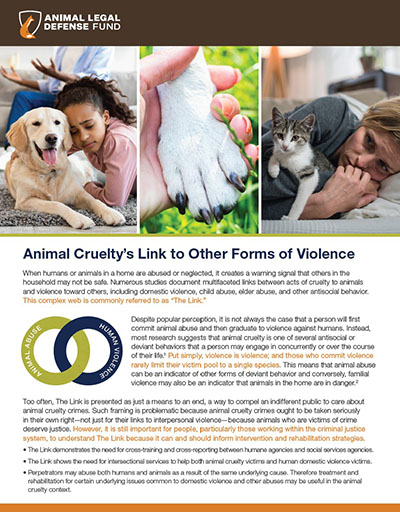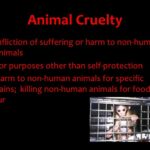In the discourse surrounding animal behavior, the concept of cruelty has often been relegated solely to human actions. The intrinsic notion that animals, much like humans, may exhibit forms of maltreatment toward their own species—or others—challenges long-held assumptions about natural morality. This perspective invites a deeper exploration into the complex tapestry of fauna behavior and urges us to reconsider our understanding of cruelty in the animal kingdom.
At first glance, one might dismiss the idea that animals possess the capacity for cruelty. However, upon closer examination, numerous instances across various species illustrate behaviors that could be characterized as abusive or detrimental to others. For example, many primates engage in aggressive displays toward their own kin or rival groups. Such behaviors often serve a purpose—establishing dominance or securing resources in an environment where competition is fierce. Herein lies the paradox: what constitutes cruelty in human terms may merely be strategic survival in the animal world.
The foundations of animal hierarchy reveal that dominance, aggression, and submission are paramount in many species. While simplistically interpreting these actions as cruelty would be misleading, it is imperative to analyze the motivations behind them. Dominance displays among wolves, for instance, often involve aggression that results in injury or even death. This behavior is a crucial component of maintaining order within the pack dynamic, ensuring that resources are allocated to the fittest individuals.
Moreover, evidence of infanticide among certain species, such as lions and primates, further complicates our understanding of animal behavior. Male lions may kill cubs that are not their own to hasten the return of the female to estrus, enabling them to sire their progeny. While such actions appear brutal, they serve an evolutionary purpose by ensuring the continuation of one’s genes. Hence, can it truly be classified as cruelty when it is an instinctual drive to enhance reproductive success?
Exploring the psychological implications of social structures, we encounter instances of bullying among various species. Dolphins, for example, have exhibited hierarchical bullying behaviors, where individuals are ostracized or attacked by groups—highlighting a darker side of what some may romantically envision as amicable marine intelligence. Observations in the avian world similarly unveil a spectrum of behavior, where crows and parrots are known to display aggressive tactics towards their counterparts or even other species, primarily to assert control over territory and resources.
Yet, not all aggressive behaviors can be viewed through a lens of survival. There are instances where social and environmental factors play a decisive role in fostering cruelty. For instance, in environments where overcrowding occurs, stress among animal populations can exacerbate aggressive interactions. Here, unseen societal pressures culminate in violence—an aberration of nature’s equilibrium rather than a natural trait. This phenomenon hints at a more chaotic and complex social dynamics, revealing the truth that suffering is not confined to human experience alone.
Moving into the realm of domesticated animals, the conversation about cruelty manifests differently. Recent studies concerning domestic violence also unveil shocking links between household environments and animal welfare, identifying patterns where violence toward pets often correlates with violent behavior towards human family members. The link between domestic violence and animal cruelty appears, suggesting that the capacity for cruelty may in fact hybridize, with human influences playing a significant role in shaping animal behavior.
Yet, understanding cruelty is not solely an endeavor to classify or catalog; it necessitates a shift in our perspective. The dichotomy of nature’s morality juxtaposed with human constructs of right and wrong can often cloud our judgment. Viewing animal behavior through a lens that contemplates instincts—survival, resource control, social dominance—offers an alternative narrative that demands respect for the complexities of various species.
As we consider the implications of animal cruelty in our expanding understanding of ecology and psychology, one question arises: How should we interpret cruelty in nature? At its core, it may represent a raw reflection of competition and survival rather than a moral failing. Rather than universal condemnation, recognizing the driving forces behind these behaviors may help bridge the conceptual chasm between human and animal experiences.
In closing, acknowledging that animals may indeed exhibit cruelty poses significant implications for our understanding of the natural world. This recognition compels us to delve deeper into the dynamics of nature, examining the ethical boundaries of our interactions with animals. It challenges the romanticized narratives that elevate certain species to a pedestal of morality while simultaneously scrutinizing our own complicity in perpetuating cycles of violence and neglect. To elevate the conversation is not only a matter of understanding animal behavior but boldly confronting our perceptions of cruelty itself in a multifaceted world.








